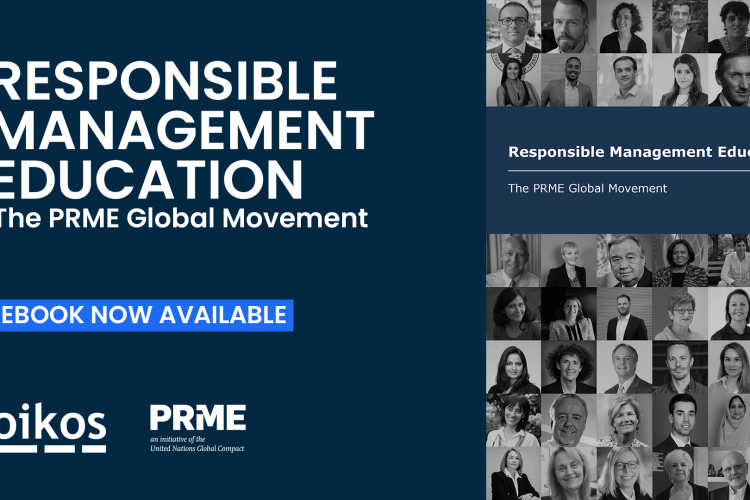Case Abstract
From its humble beginnings as a small shuttered plywood mill, Columbia Forest Products has grown to be one of the largest players in the U.S. hardwood plywood products market. This case follows the company’s introduction of a new sustainable plywood product in an extremely competitive and economically challenging market place. At the point in the case, the construction of new homes had fallen across the United States.
The fate of Columbia Forest Products (CFP) was tightly bound to the US housing market. CFP has over a 40% market share in hardwood plywood products, most of which go into new home construction. Further, over the past three years, CFP has embarked on a journey into sustainability. This journey is marked most profoundly by the introduction of PureBond© non-formaldehyde plywood in 2006. A first in the industry, PureBond© provides significant health benefits to CFP employees and customers by removing a known carcinogen from its products. It also has been a catalyst for CFP to pursue a more comprehensive, sustainability-inspired strategy. But in the midst of the dreadful housing market in the US, CFP executive team wondered if further pursuit of a sustainability strategy would be detrimental to their company’s competitiveness.
The threat of domestic and international competition is ever present and the company is well aware that the advantage provided by PureBond© is only temporary. CFP’s domestic competition will be able to offer competitive non-formaldehyde products in 1 ½ to 2 years. It would likely take China and other overseas manufacturers another year at least to offer comparable products.
Another consideration is CFP’s reputation. It has spent many years building recognition for its sustainability initiatives. By further pursuing a sustainability-based strategy, CFP invites greater public scrutiny. CFP needs to be clear on how it commits itself to sustainability and the reputation that it built as a result. There is always the potential that well intentioned and ambitious sustainability efforts can turn into PR disasters.
This case describes the issues and dilemmas facing the company in deciding to adopt a sustainability strategy. The case is designed to highlight decisions related to strategy, adverse industry reactions, public policy and health claims, etc. In addition, it provides an example of a product developed through biomimicry. The case can draw on the following frameworks: Porter’s Five Forces Model, Resource Based Theory and Systems Dynamics.
[table id=32/]



